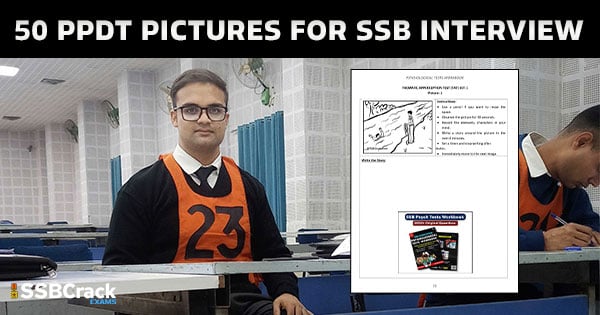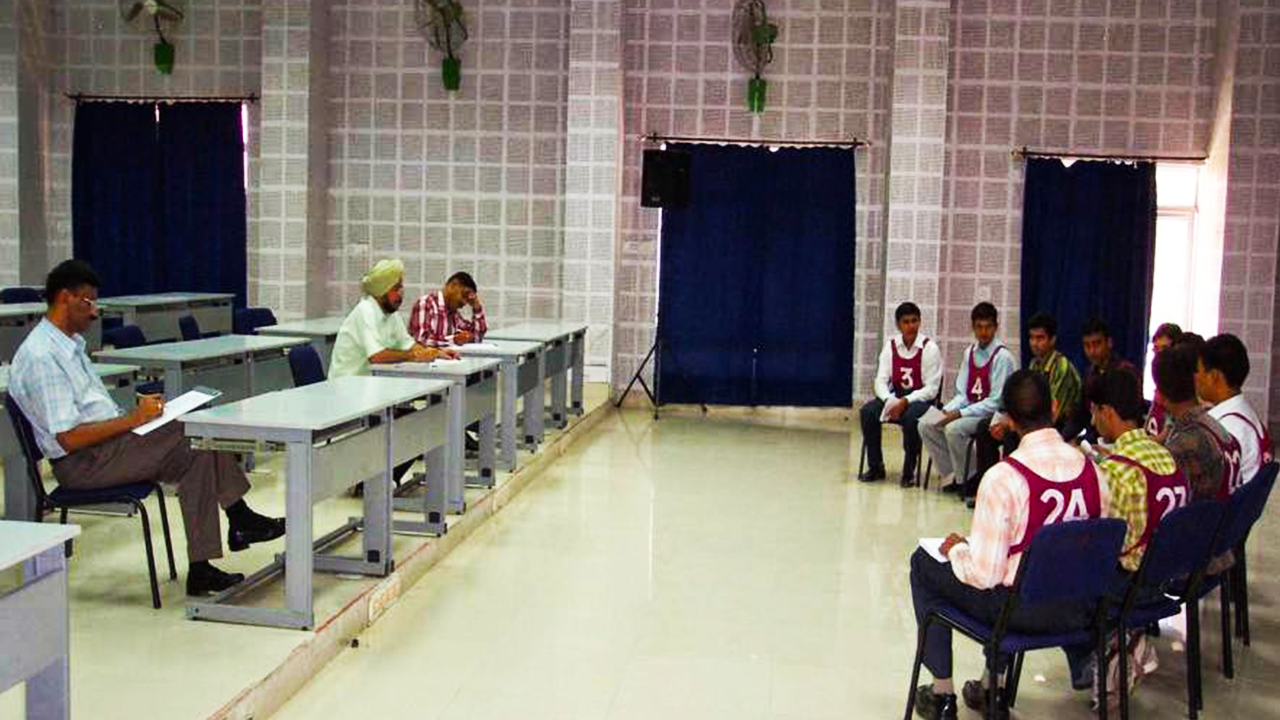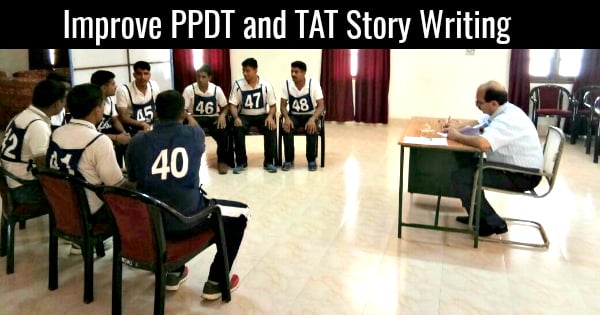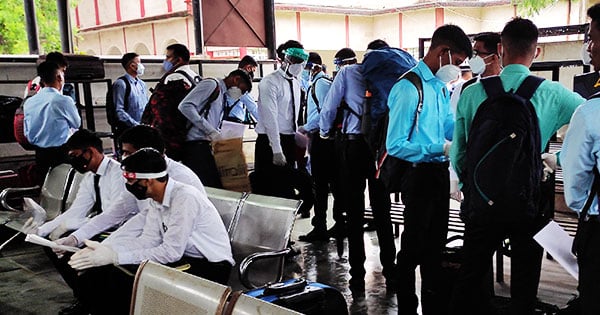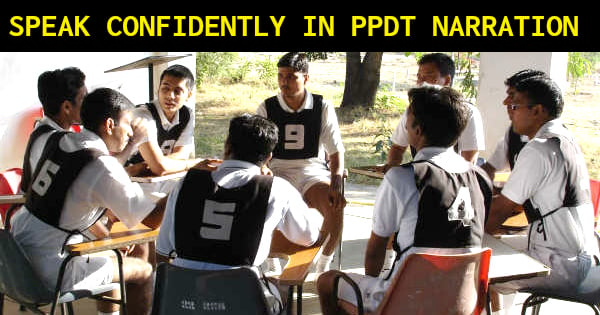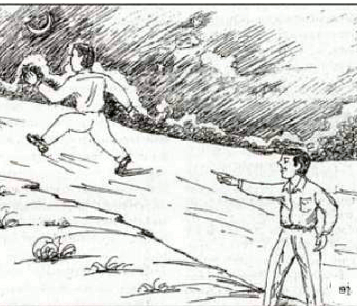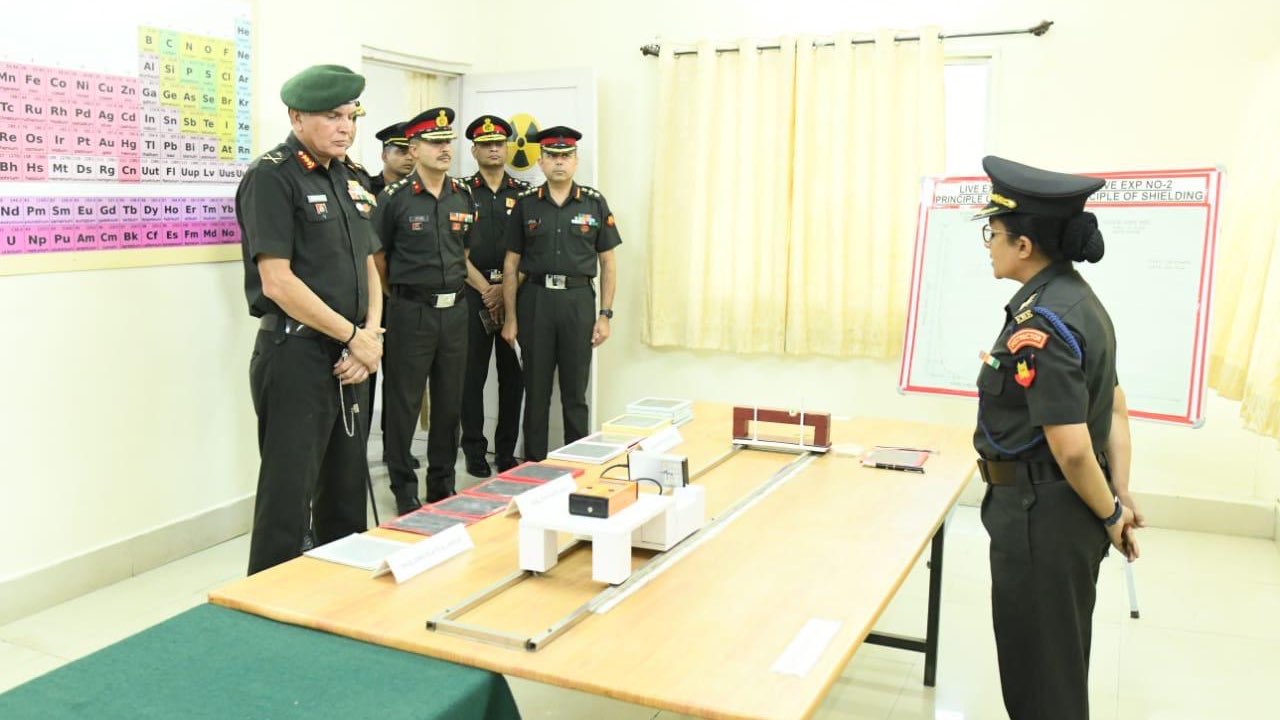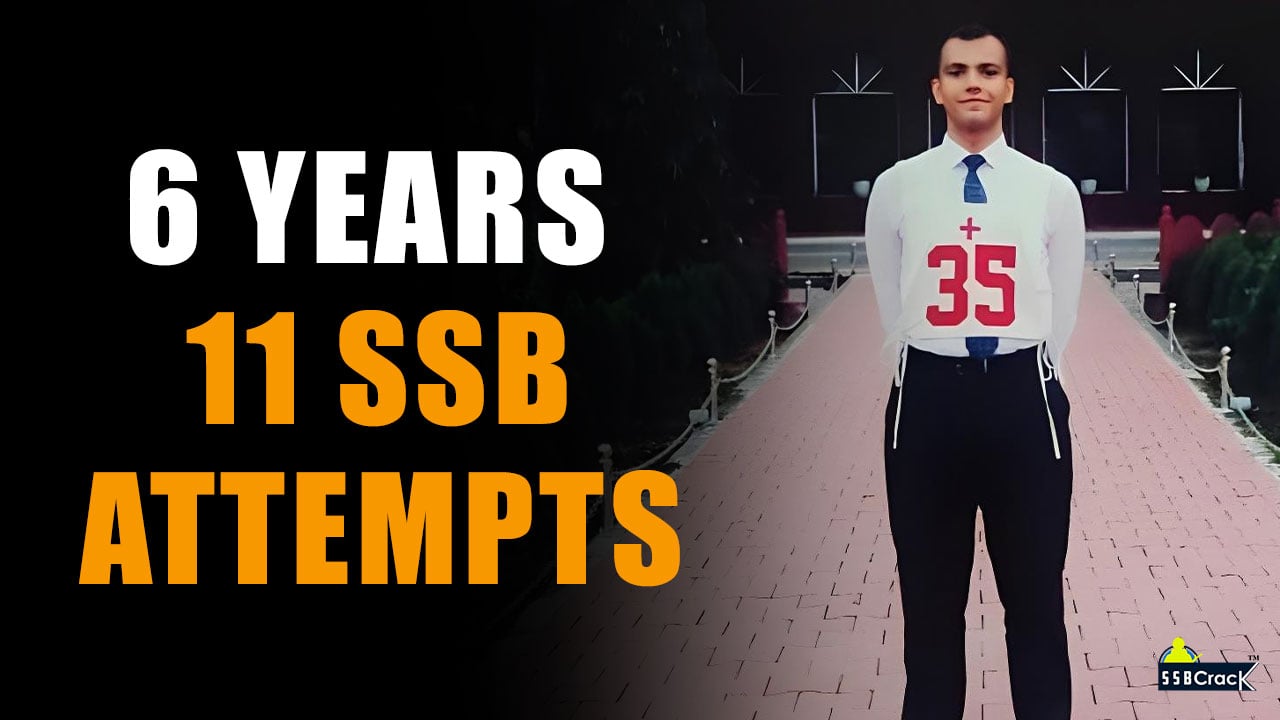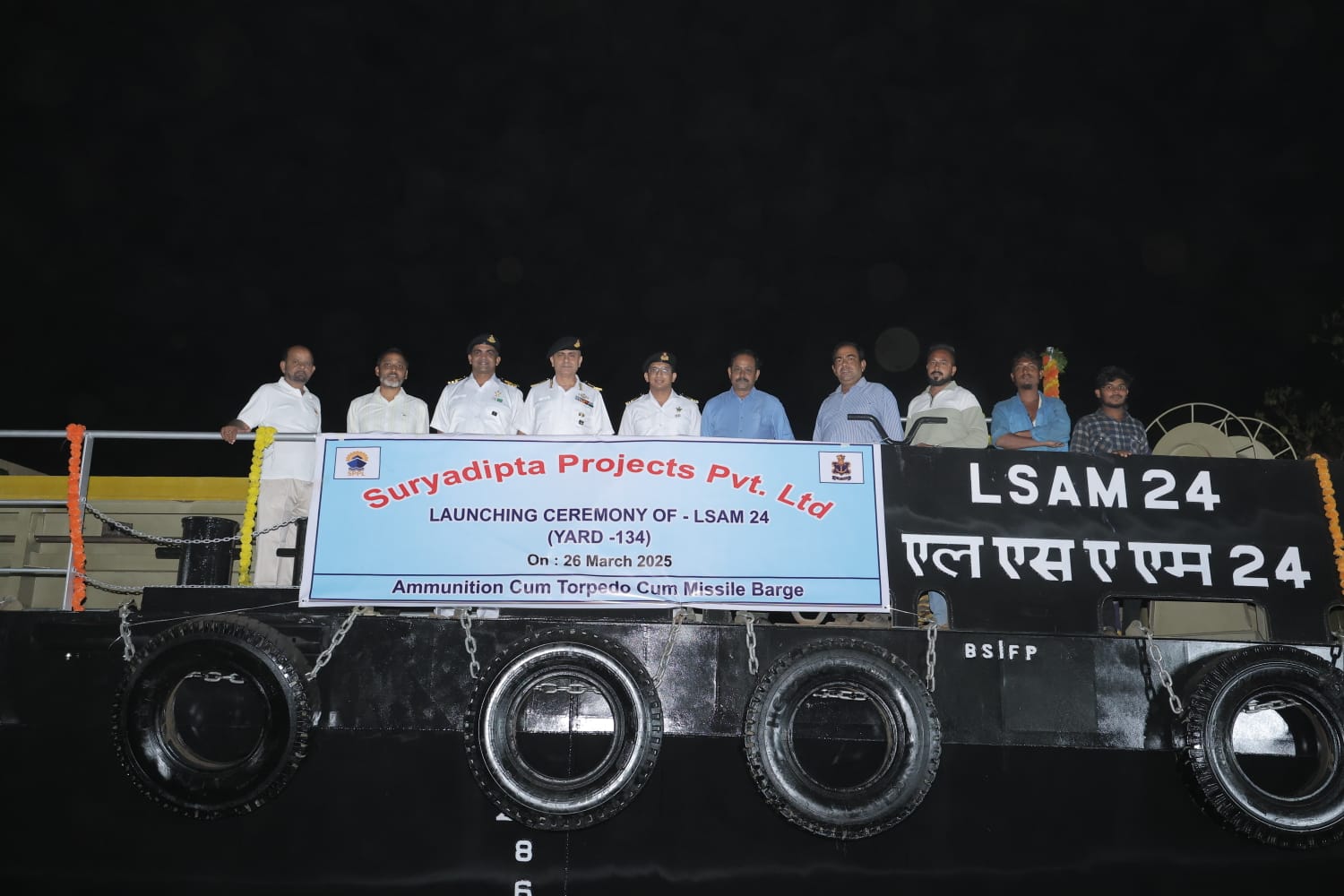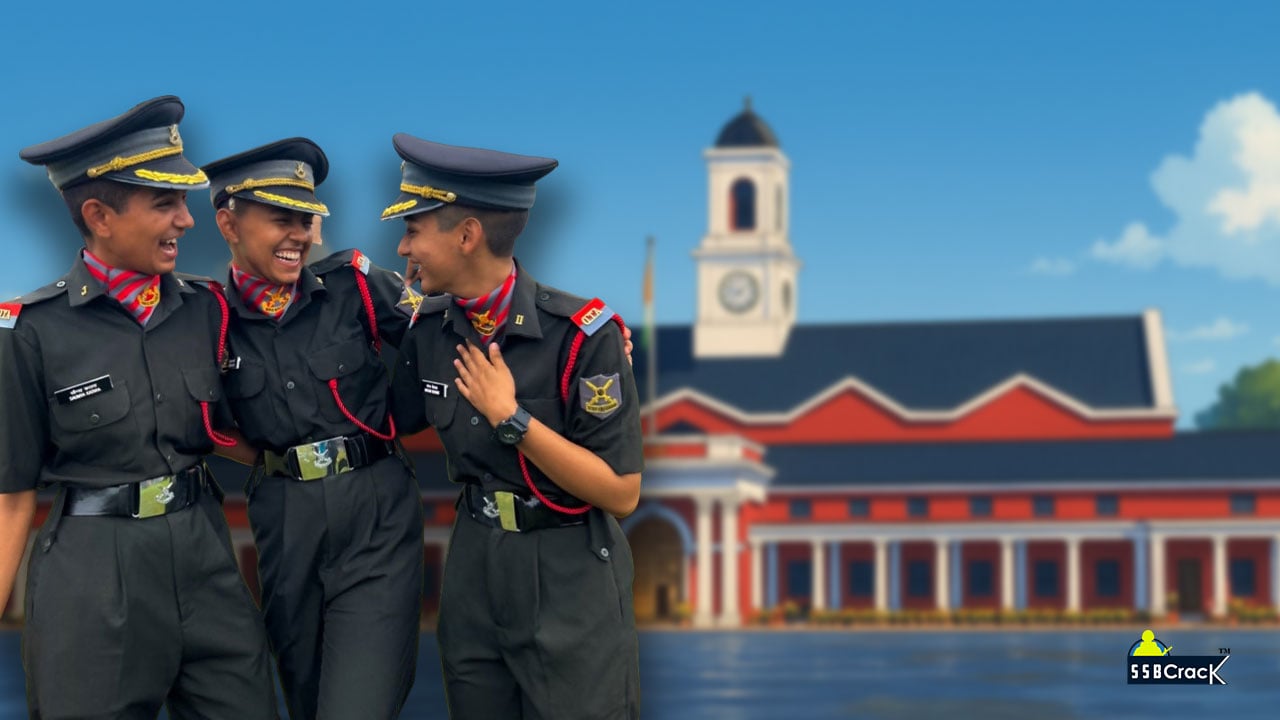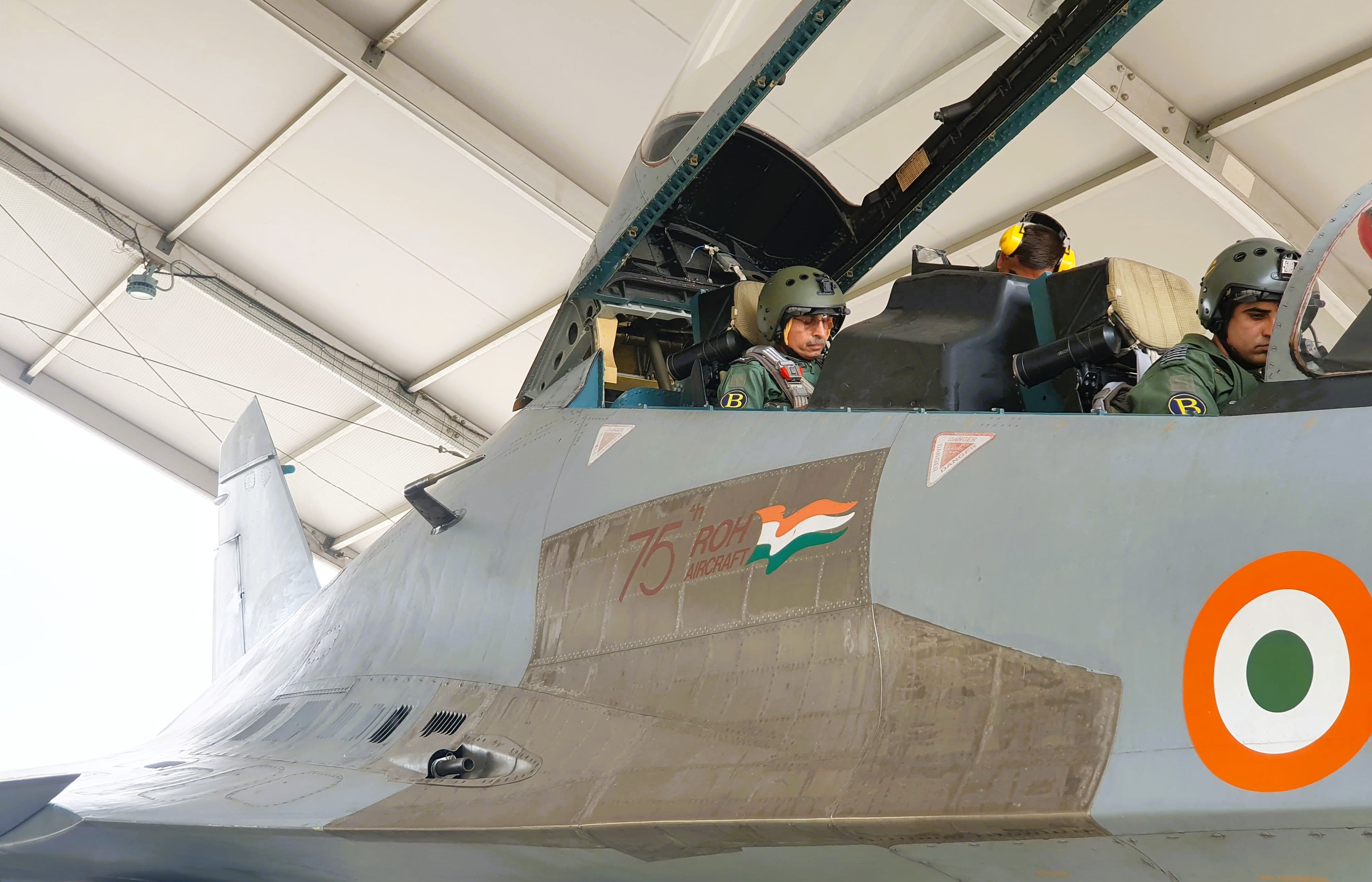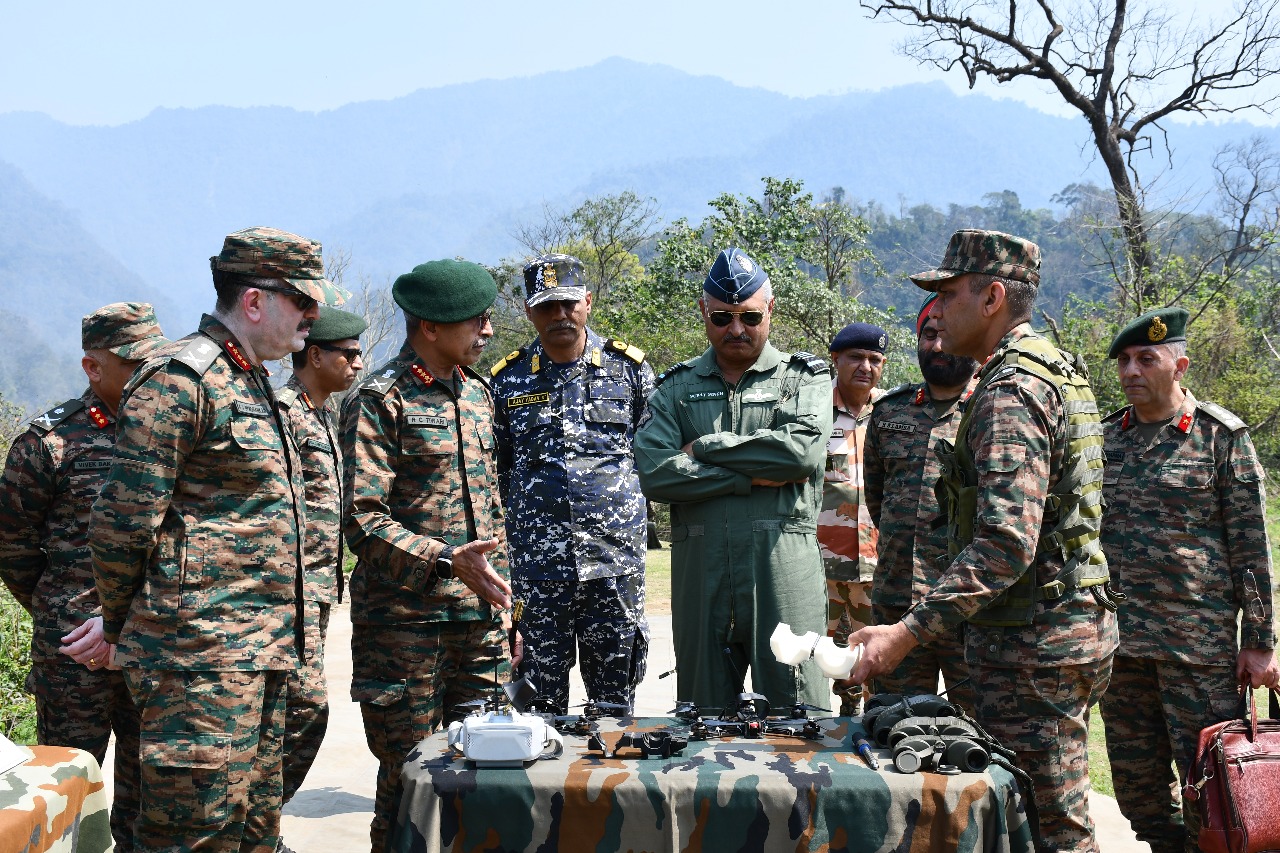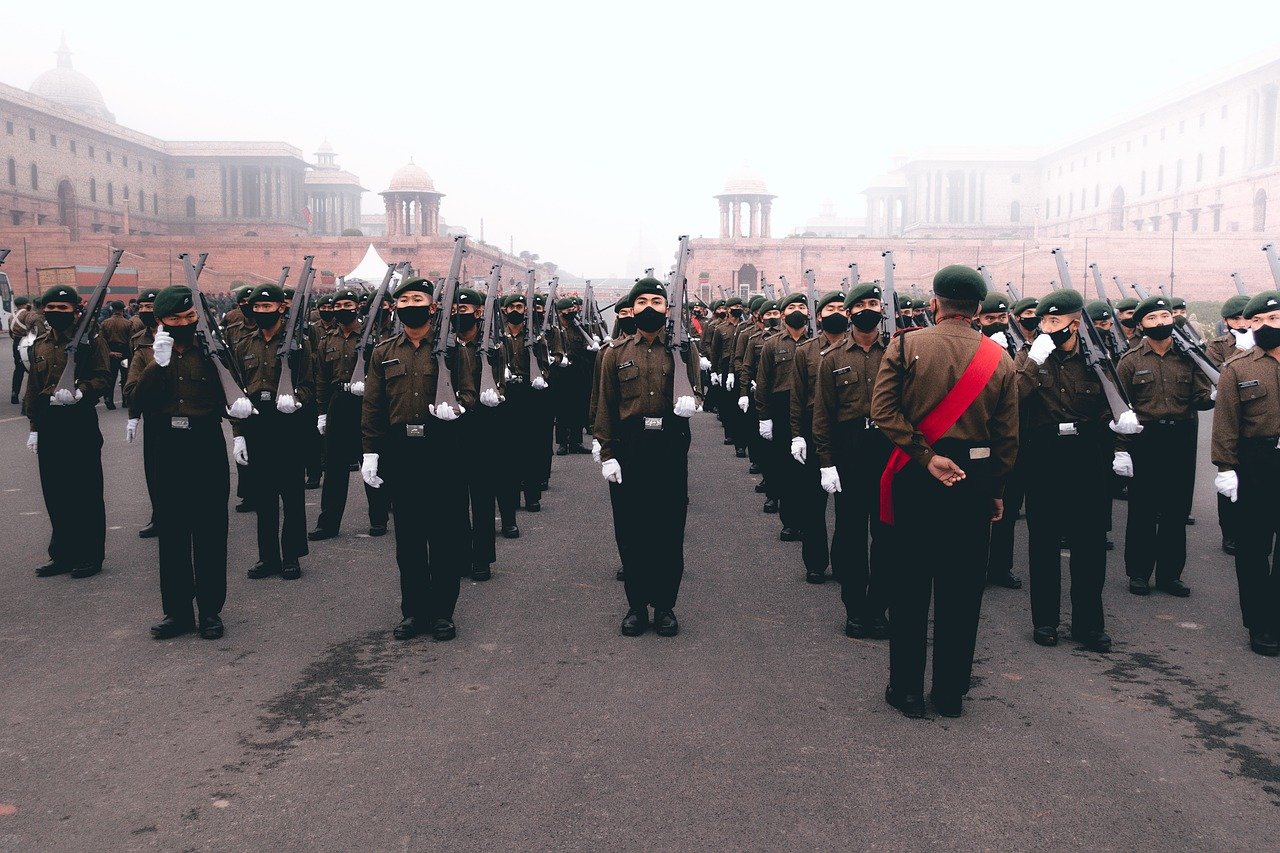The Pictured Perception and Discussion Test (PPDT) is the third basic screening test that takes place at the first stage in the SSB.
The PPDT involves exposing the candidates to a picture with the help of computer slides, for one minute. Since the picture is usually blurred it’s necessary that the candidates pay attention and gather as much information as possible to write a quality story. On the sheet of paper provided to the candidates on which they will write their story. Also, a rectangle has to be made on the paper, which can be used to mention the age of the people seen in the picture, the mood, the characters, etc. After that one minute is over, the picture won’t be shown anymore and you will be give 4 minutes to write your story and on completion, the sheets will be taken away.
Obviously the board isn’t interested in evaluating your writing skills. What they are interested in is your psychology and personality. They want to see how you perceive a given stimulus, how would you react to it, etc. So the main character and the other characters depict and reflect your personality and opinions.
After the writing part is done, all the candidates sit for the discussion and the sheets on which they had written their story is returned to each candidate, this helps as a reference while narrating the story. The discussion is attended by the GTO, the IO and the Psychologist. Now, the whole focus is on how the individual group members have perceived the picture and how efficiently can the group come to a common conclusion about the story of the picture.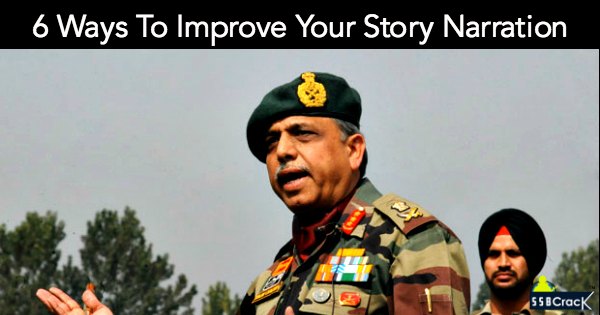
Download:
So how can you improve your narration?
- There is so much transparency about the SSB procedure nowadays and so many reference books/ sites are available, so the aspirants/ candidates must utilise this opportunity and practice as much as they can. Give yourself enough time to get familiar with the psychological tests that take place in the SSB. Practice as much sample papers as you can. But remember that you only need an idea for how to go about writing the story, kindly don’t just learn the sample stories and write those in the PPDT. You need to project your personality so your story needs to be authentic.
- Make a mental note Jot down all the major points of your story and mentally rehearse them. The role of the characters, the mood, the age range, the scenario, all should be crystal clear in your mind. If you have all the pointers ready and in place, you are likely to narrate better.
- Be very clear and specific. In a group of 15-25 candidates, where each has to put their perspective and story forward, it becomes very important to be very specific and not to beat around the bush when it comes to narrating your story and to find a common conclusion. You should be very clear with what you want to say and communicate effectively.
- Critically analyse the picture. Be very careful while you try to pick up the various things that are going on in the picture shown to you. You have just 60 seconds to observe and incorporate the scene shown in the picture in your story. There will be things that everyone will notice and write about, so go beyond that and try to observe other things happening in the picture (however small it may seem) and incorporate it in your story. Be logical while doing so.
- Listen to everyone. The setup of the discussion part of PPDT is somewhat like a GD, where everyone is trying to put their point forward. Some candidates might have a point that you didn’t think of or notice, so it’s very important to listen to what everyone is saying. The goal is to come to a common conclusion about the story of the picture shown. This only possible if all the perspectives are heard.
- Be confident while speaking. You need to be very clear about your story and while speaking be confident. Try to put your point forward logically and convince others. The main theme of the story should be immediately as the discussion starts. Be active during the discussion.
To succeed in the PPDT be realistic, logical and analytical while writing and narrating your story. It should be reflective of your personality.
Also Read :




